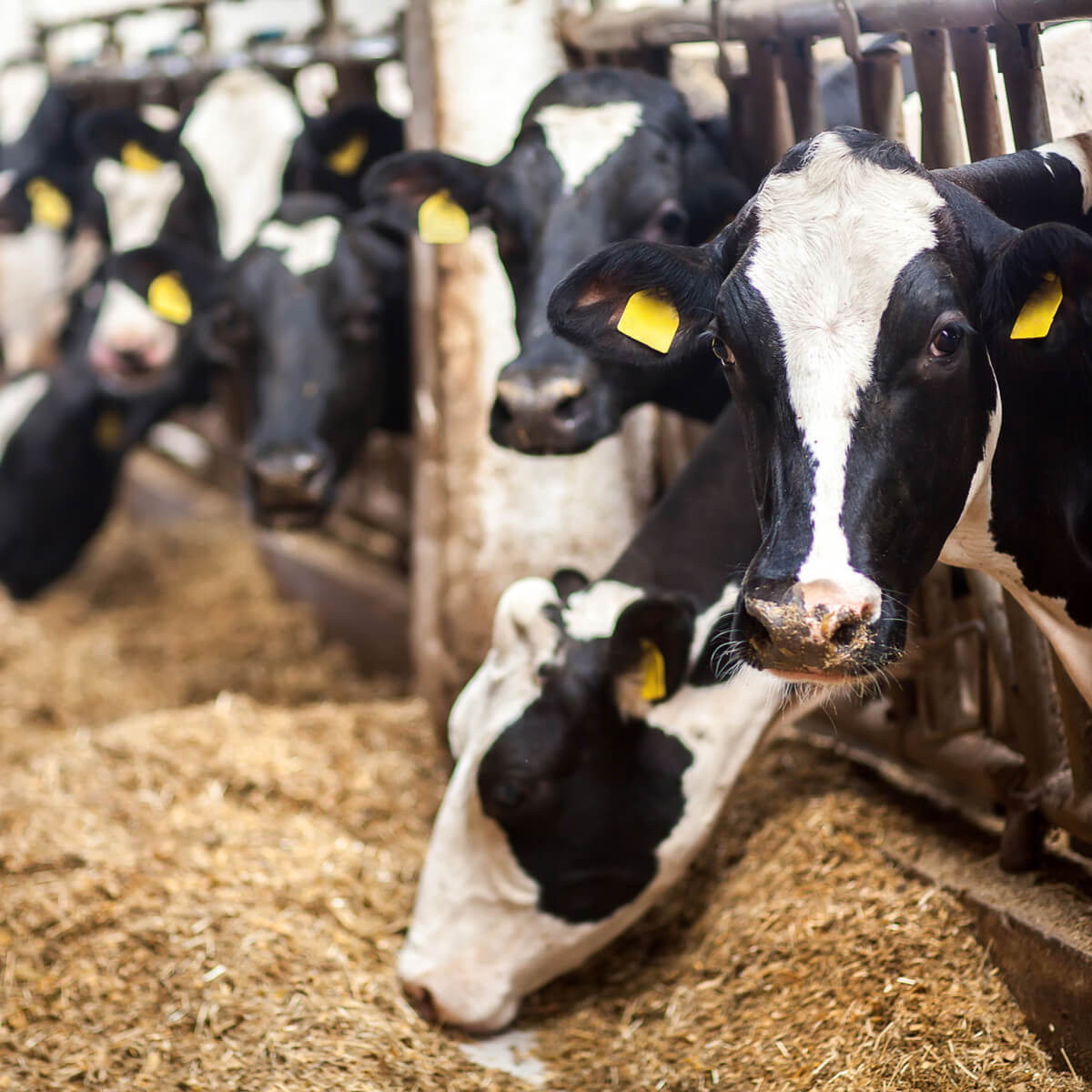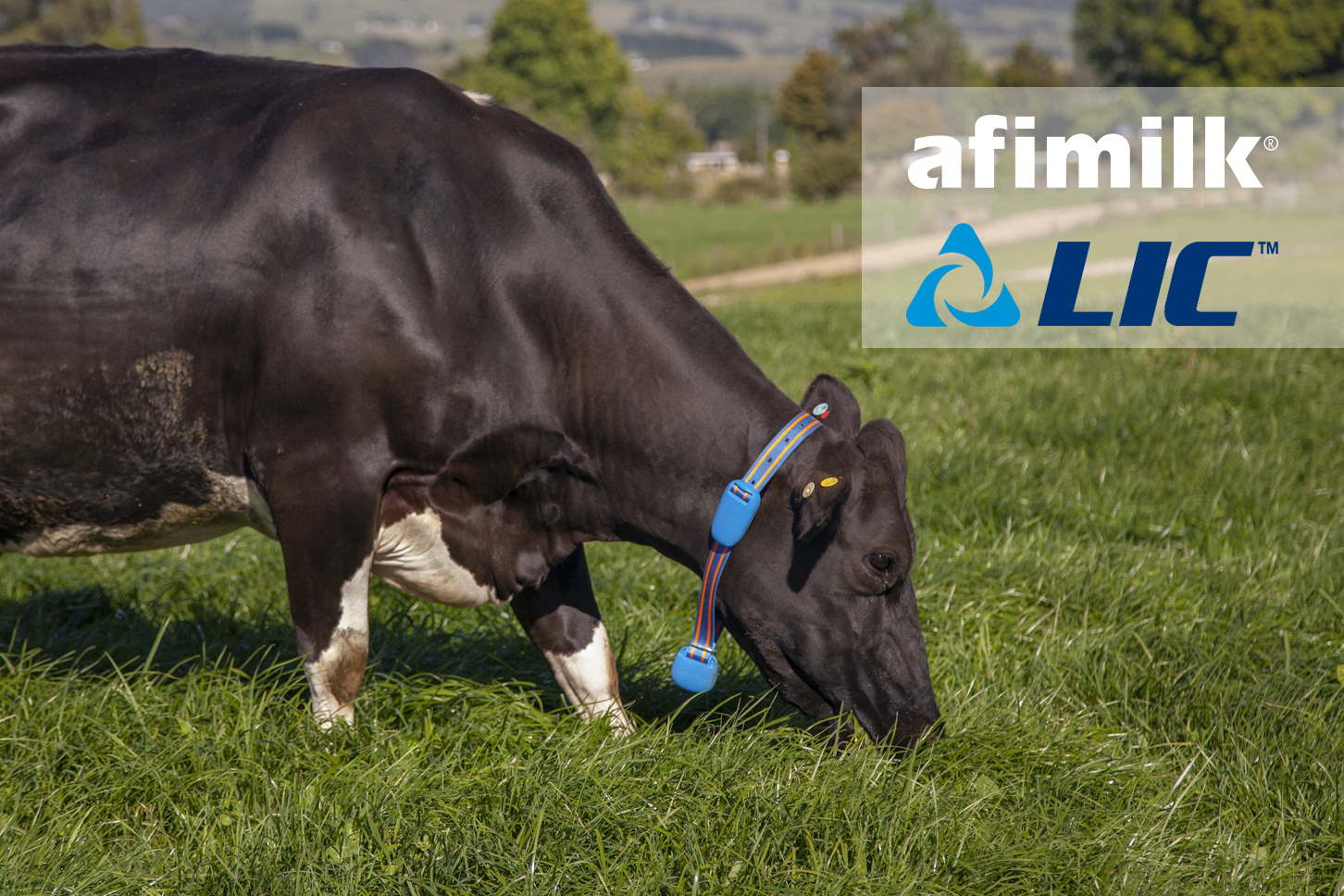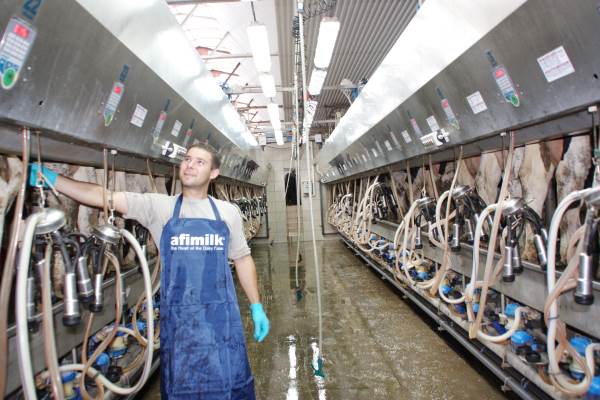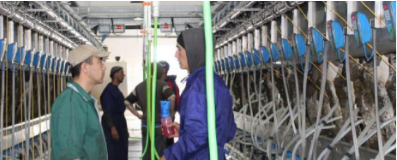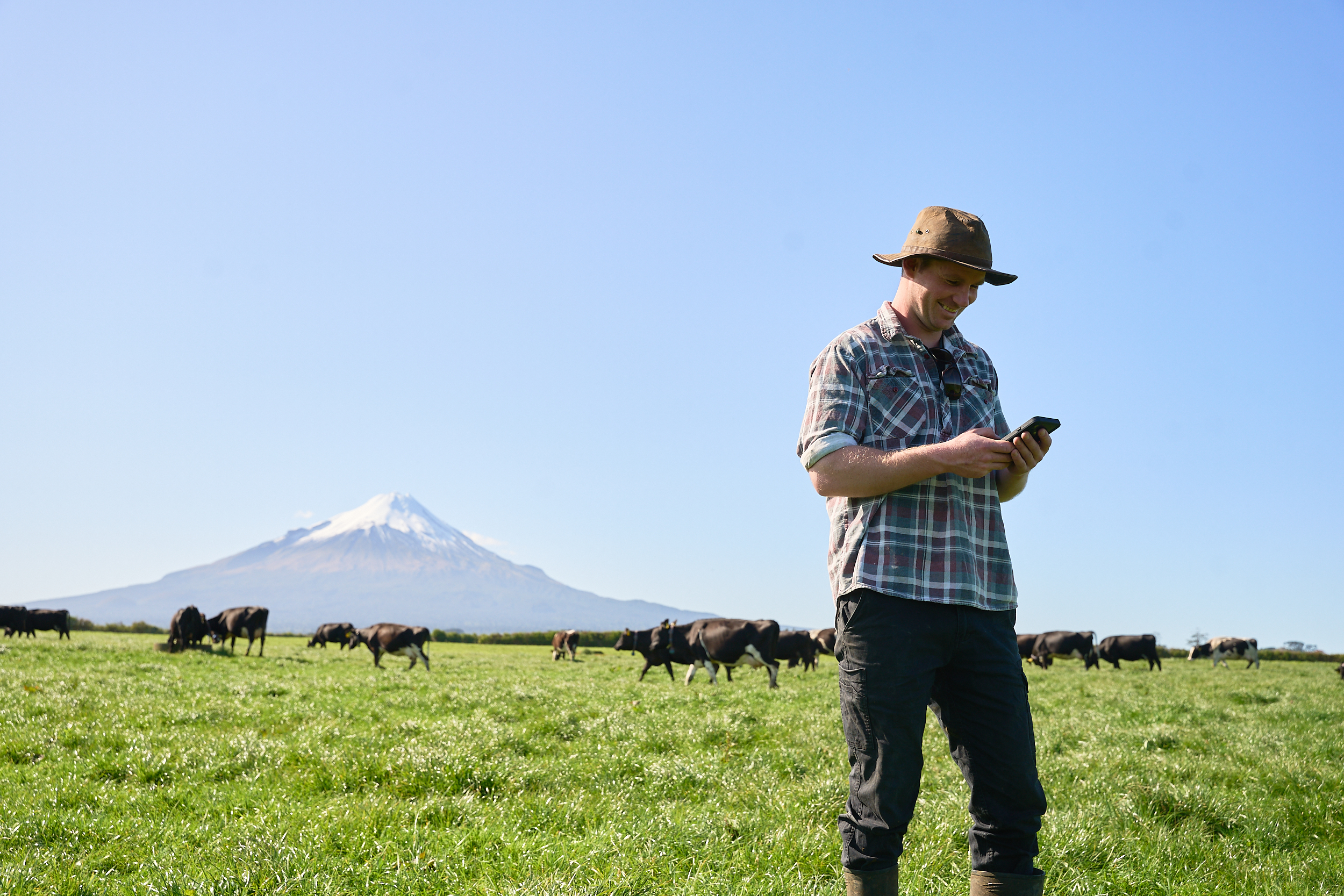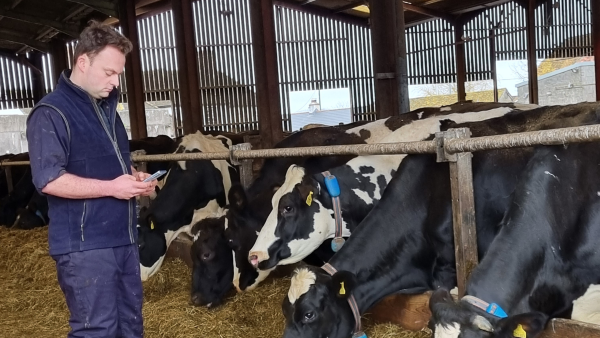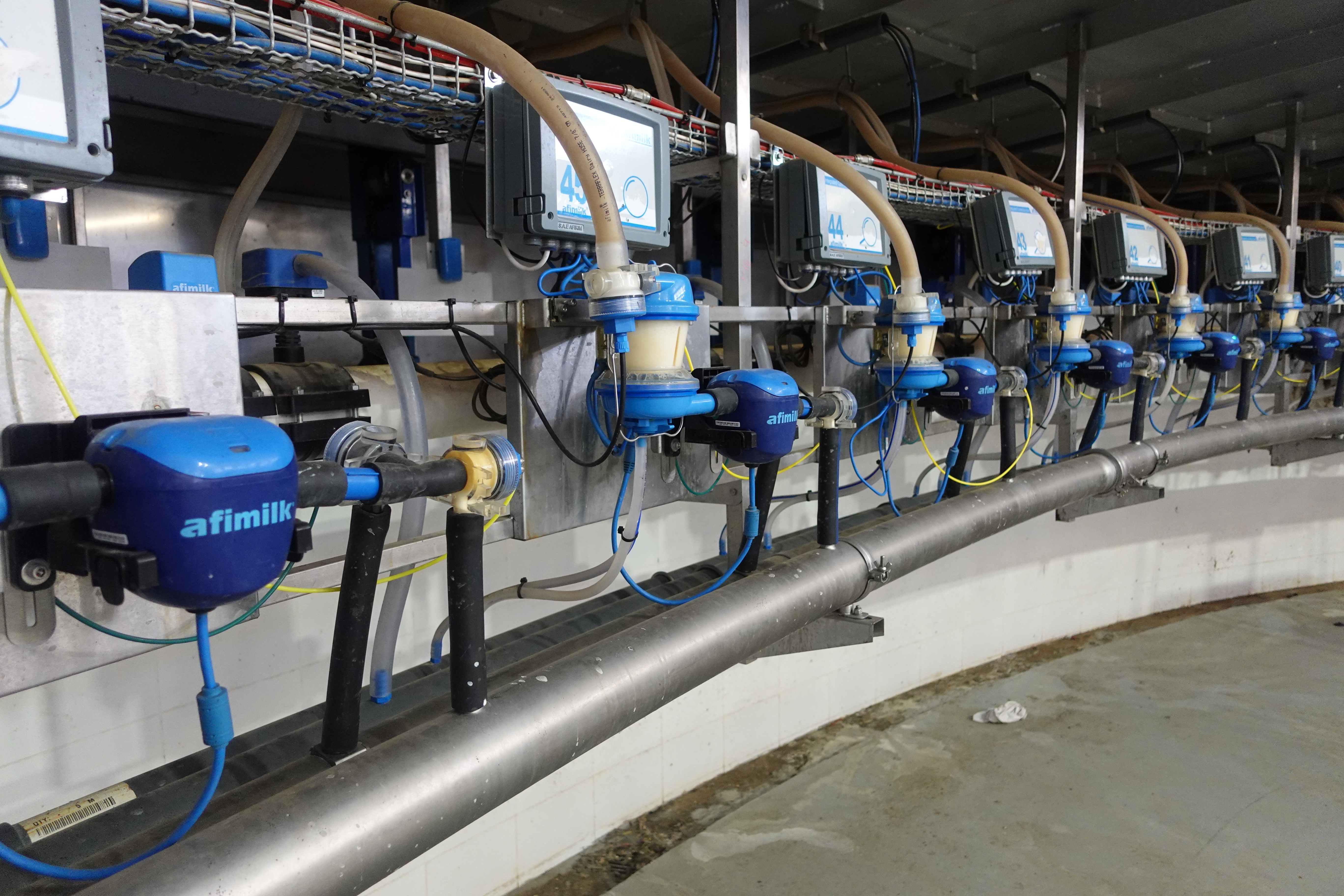Cows have an oestrus cycle (the period of time when a cow is in heat and able to be bred) that varies between 18 and 24 days. The onset of estrus in dairy cattle is accompanied by changes in physiological activity, rumination and eating behavior.
Monitoring cows for these changes via direct observation can be quite difficult. That’s why many farm managers choose to use automatic sensors. These sensors can identify the physical factors associated with not just estrus, but also subclinical illness or lameness.
The data that sensors provide can be invaluable. For example, you can be alerted to sudden drops in average daily rumination time or changes in eating characteristics, and this can give important clues about what is happening in individual cows as well as the herd as a whole.
What should you monitor for cow heat detection?
While independently measuring rumination and eating patterns is important for accurate estrus detection, studies show that it is key to monitor both together. Combining this information can give us a much clearer and accurate picture of overall cow health and readiness for breeding.
There is a strong link between rumination and the onset of estrus in dairy cows. It has been found that rumination time decreased by 17% on average (or about 74 minutes) on the first day of estrus, and that the decrease was more pronounced in cows that have given birth once than in mature cows.
The link between estrus and eating behaviour has been less conclusive; however, some findings indicate that decreases in feed intake and behaviour may serve as additional information that indicates the onset of estrus.
Something to be aware of is that both rumination and eating behaviour can be influenced by factors that have nothing to do with estrus, such as ration type, forage quality, heat stress, and so on.
How to monitor rumination and eating data for estrus
In 2010 and 2011, university researchers in Germany conducted a study into the timing of rumination and eating behaviour in relation to estrus in cows.
Holstein cows at a federal state research farm were evaluated for rumination, feed intake, feeding time and eating rate around estrus in four separate trials over the course of one year.
The key findings:
- Researchers found that both rumination time and eating time decreased the day before insemination (day -1) and the day of insemination (day 0).
- Feed intake was lower and feeding rate was already higher on day -1 but decreased significantly on day 0.
- Rumination time was reduced in a timeframe of 30 hours around estrus, with the main decline found in the early hours on day -1.
The findings confirm the usefulness of monitoring both rumination and eating patterns together for improved accuracy in heat detection.
Top tips for more accurate insemination in dairy cows
Estrus detection is just one part of successful breeding, as insemination must obviously be timed to make sure sperm meet with a live oocyte (unfertilised egg).
It has been observed by research that new users of cow monitoring systems tend to breed cows as soon as signs of heat are observed, possibly before the egg is released. Since cows are more likely to conceive when bred toward the end of the heat, not the beginning, it is recommended to delay insemination until eight to 20 hours after receiving alerts for drops in rumination and feeding time.
However, each heat detection system measures and reports data differently, so producers should work with their system supplier to ensure they are interpreting data correctly to predict the best time for insemination.
Bonus benefit: Detecting health problems
Rumination and eating data can also be used to detect a wide range of health concerns with the potential to impact fertility. Lameness, ketosis, pneumonia, ruminal acidosis, displaced abomasum and even simple indigestion are all conditions that can be detected via continuous monitoring of rumination and eating activity.
As with estrus detection, one physiological symptom alone can’t tell us much about a cow’s health, but data from multiple areas can alert dairy farmers to subclinical problems with a high degree of accuracy.
This allows for early intervention for at-risk cows, reduces treatment costs and production loss, and provides insight into the impact of management changes on the entire herd.
How to choose a cow monitoring system
A wide range of sensors and systems are available for monitoring cow activity including rumination and eating patterns. But what you need to consider is your business goals. If your goal is growth, then choosing a solution that can grow with the number of cows you have (and that can be integrated into a herd management system when the time is right) is a smart move.
Other considerations include what you are most interested in monitoring (for example estrus, metabolic disorders, calving, etc.), the ability to access data remotely on a computer or smartphone, the location of stored data (on the farm or in the cloud) and learning curve for everyone who will be using the technology.
The data gathered from monitoring cows can be used to increase conception rates, enhance operational efficiencies, and improve overall herd health and animal welfare, so make sure you choose the right system that works with your farm and will help you achieve your goals.
Interested in top-tier cow monitoring?
Afimilk helps to automate dairy farms by providing a leading provider of smart cow monitoring and parlor automation tech as well as farm management software. If you want to save time and effort while boosting profits, get in touch with us today to see how we can help you.
Originally published in Progressive Dairy on 31 December 2016
